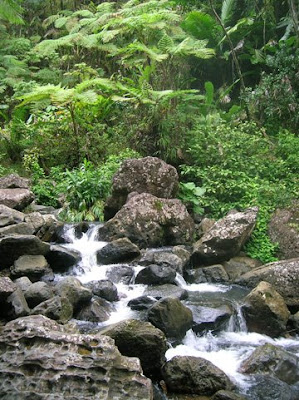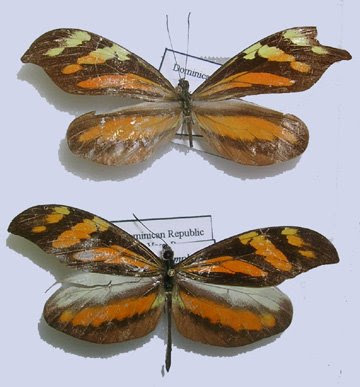Camembert

When I was a child, I spake as a child, I understood as a child, I thought as a child: but when I became a man, I put away childish things. (1 Corinthians 13:11)
After working with soft cheeses, mozzarellas and hard cow cheeses, I began the next phase of my life as a cheese maker today. Camembert is one of the most basic of the mold-ripened cheese to make. It’s the first step down the road to

The recipe that I used calls for not one but two different kinds of white mold. Pennicillium candidum provides the white powdery surface characteristic of cheeses like Brie. Geotrichum candidum is supposed to help prevent the skin from slipping off of mold ripened cheeses. Since I’m a complete noob here, I thought I’d take the more cautious route and include both.

The process begins as it does for other cheeses I’ve made. I heated 2 gallons milk and inoculated it with a culture of starter bacteria. In this case, It’s a new kind of starter (Flora Danica) but used just like a regular mesophilic culture. Next I added some of the mixed molds. The molds come in little foil pouches, just like yeast. You add them to a quart of water in a sprayer bottle the night before you begin making the cheese. Then the rennet went in.

I’m pleased to say that I got a very nice clean break from this cheese. The curds cut up beautifully and shrank nicely in an expanding pot of whey. Placing the curds in the mold was a bit different than what I’ve experienced before. All of the molded cheeses that I have tried before are pressed. Not so with these guys. They just settle into the molds under their own weight. You create a mold sandwich. Layer one is a cheese board. I don’t have any at the moment, so I improvised with a foam plate. Layer 2 is a cheese mat. I used sushi mats. Layer 3 is the mold itself, which you fill with curds before addling layers 4 and 5, another cheese mat and foam plate.
The molds site for an hour and then get flipped. All the while, they continue to release whey and compress. The curds knit together into a single, solid mass. You flip them several times, incubating an hour in between each flip.

After the final flip, the cheeses are unmolded and sprinkled with salt. After it dissolves, they are sprayed very lightly with the mold mixture that’s in the sprayer bottle. There will be a couple more minor steps this week, but mostly it’s now down to aging for a couple of months.

I’ve been writing this blog entry as I have been making the cheese. At this point, my biggest surprise is how easy this one has been. Hard cheese involves a lot of very fussy temperature control. Mostly done in a sink full of warm water. In many cases you have to increase the temperature by a degree or two a minute over a half hour or 45 minutes. It’s my least favorite aspect of cheese making, so I enjoy not having to worry about that here. Having been through the whole process, the Bible verse that I chose to lead in on now seems really hyperdramatic. This was way easier than I expected. At least so far.
I’ll blog about the results later this spring.
Labels: Cheesemaking















































